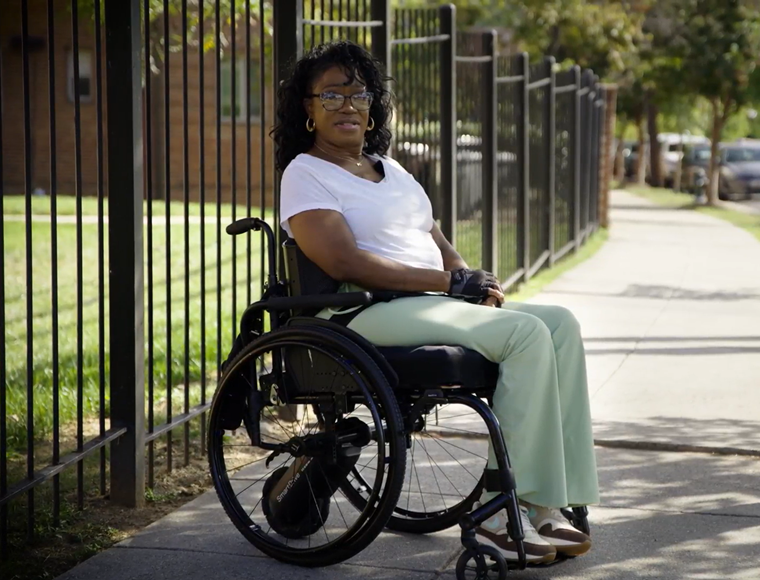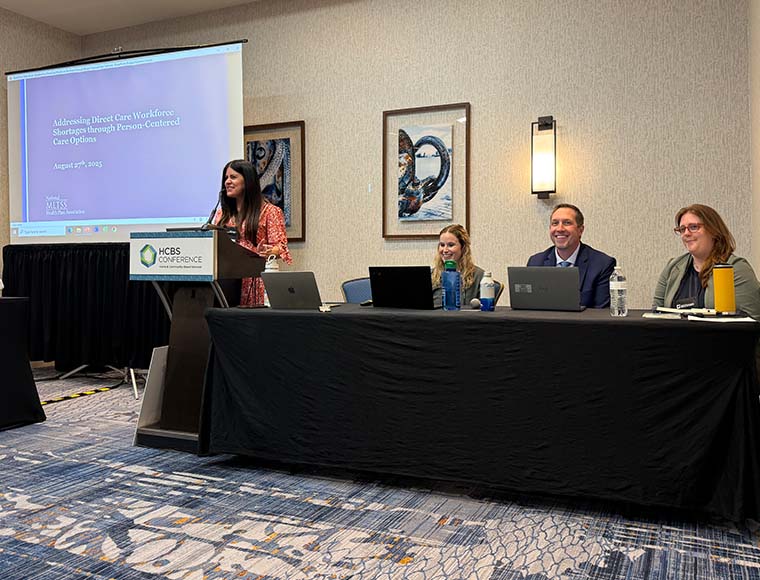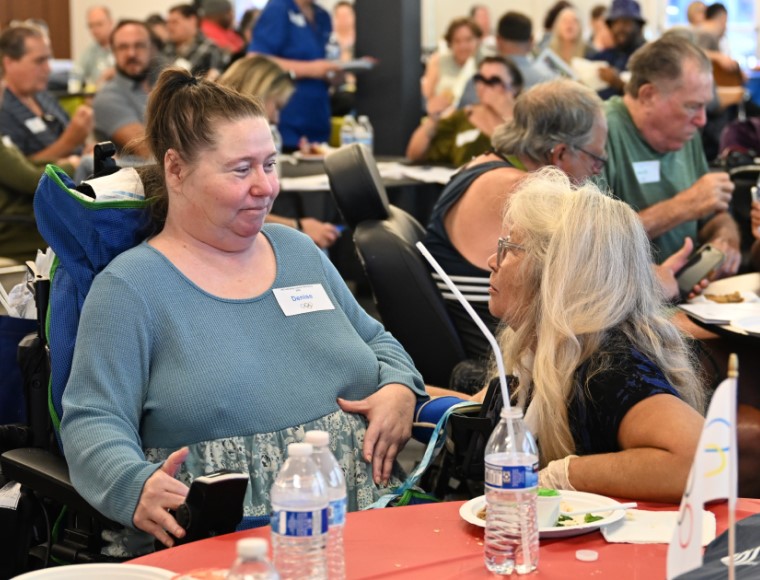Long-term services and supports (LTSS) are a cost-effective, high-quality, person-centered solution that meets an individual’s goals for independence and care. LTSS can include any one of a broad range of functional and social services such as eating, bathing, dressing, preparing meals or housekeeping. Individuals who have complex health needs or a disability often need help to complete these activities of daily living (ADL) and instrumental activities of daily living (IADL).
LTSS can help people with disabilities live at home or in community settings and lead to better health and independence. The concurrent aging of the population and increasing prevalence of chronic health conditions is expected to substantially increase the demand for, use of, and expenditures related to personal health services and LTSS.
Among adults aged 18 and older, higher percentages of Black and Hispanic Americans have limitations completing their ADLs and IADLs than White Americans. When we look at Black and Hispanic Americans with lower incomes, the limitations and corresponding needs are even greater.
Making life transitions with LTSS
Individuals with disabilities tend to experience more health care transitions during their lifetime than those without a disability. As a person with a disability moves from one location to another, such as from a family home to their own apartment, their LTSS needs can change as can their available providers.
Transitions also happen early in life, as a person grows older and moves from pediatric care to adult care and requires more specialized LTSS providers. Eligibility and changes in insurance can also cause the availability of or type of LTSS providers to vary.
The nature of LTSS can be very personal, so finding a caregiver to replace a trusted provider can take time. Caregiver shortages in many areas can also make it challenging to find a new caregiver during a transition. Perhaps because of these two factors, a substantial amount of LTSS is provided by family members and other informal caregivers. In fact, by one estimate, approximately $470 billion in care was provided by informal or family caregivers in 2016.1
Improving transitions with managed care
People who are part of managed care also have a case manager that helps them navigate services and make decisions about their care. This can be especially helpful during a transition. A case manager can help members by coordinating communication between managed long-term services and supports (MLTSS) providers. The case manager can also recommend caregivers and support agencies to provide care to the member.
Coordination of care among all types of providers, including home- and community-based care and MLTSS can increase quality of life dramatically for individuals with a disability. This is especially important during transitions, as people can be more vulnerable to illness and declining health.
Case managers can support members throughout numerous moves or health crises that take them from one type of care location to another. If an individual has an unexpected trip to the emergency room or hospital, the case manager can relieve the stress of coordinating all of their services and follow-up care. In this way MLTSS programs provide a cost-efficient and sustainable solution that gives individuals with complex care needs greater flexibility and control over their lives.
Learn more
Our policy brief, created by the National FQHC Advisory Board and National Advisory Board provides information about challenges people with disabilities face as they make transitions during their lifetime and opportunities for primary care to provide support at those moments. Simplifying Health Care Transitions for Those with Disabilities also includes potential policy suggestions that can help mitigate issues individuals may face.










